#architecture theory
Explore tagged Tumblr posts
Text
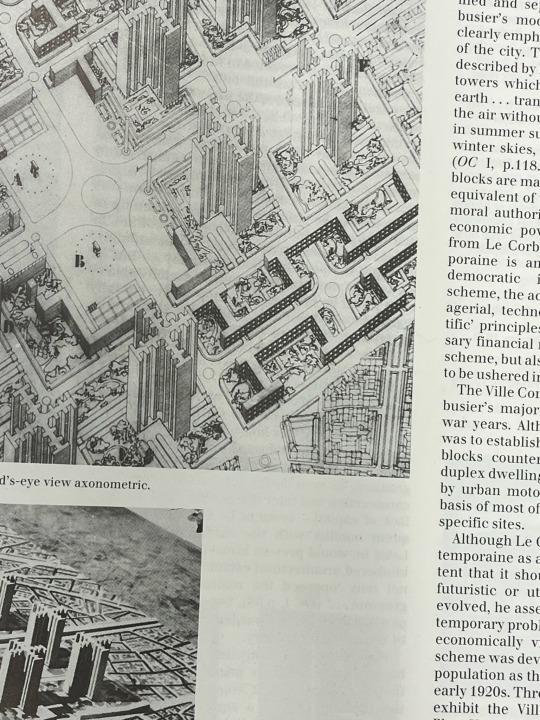


currently doing an assignment on Le Corbusier‘s Ville Contemporaine. Genuinely fuck this dude. this is a le corbusier hate page!!!
#art history#studyspo#studybrl#dark academism#dark acamedia#light academia#chaotic academia#light academism#studyblr#art reading#architecture theory#architecture#le corbusier
56 notes
·
View notes
Text
Charles Correa: Architecture as a Language
The following piece of writing is a fragment of my research work at Studio SAAR, Udaipur. Various references through various media were used to synthesis this outcome. Charles Correa, one of India’s greatest architects and foremost modernists, profoundly shaped the nation’s post-independence architectural landscape. Correa’s work was not simply about buildings; it was about crafting spaces that…
#architects#architectural trends#Architecture#architecture theory#Charles correa#critical regionalism#india#Indian architects#Indian architecture#modern India#studio SAAR#Urban Design
0 notes
Text
hey guys when you say something is for the johto starters can you include me in that as well? the johto starters and tepig if it's not too much trouble thanks guys
#i love you baby piggy#really funny game reveals so far#anti homeless architecture. random tepig appearance#the map isfucking small. but that could be a good thing#im excited and have 0 hopes my only wish is whatever is funniest happens#and my 1 (one) crazy insane theory about the 30th anni is right but i wont tell anyone becayse i hate being wrong
7K notes
·
View notes
Text



#archiblr#park academia#academics#architecture theory#cute#strawberry#love#flowers#study motivation#plants
1 note
·
View note
Text

#art deco#1991#90s#90s aesthetic#film grain#architecture#architectural photography#Getty#Getty Photo Archive#archive theory#shadow archive#the shadow archive#museum without walls#the invisible college#analog photography#classic photograph#great photograph#classic photography#nature's pencil#dancing about architecture#art deco architecture#los angeles#los angeles architecture#los angeles psychogeography#los angeles history#i love l.a.
315 notes
·
View notes
Text
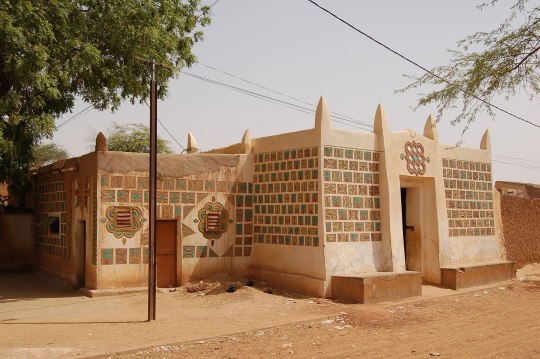
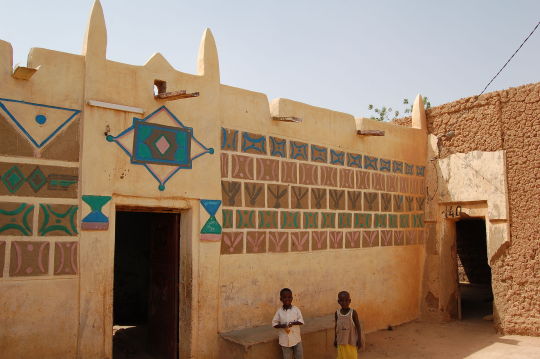
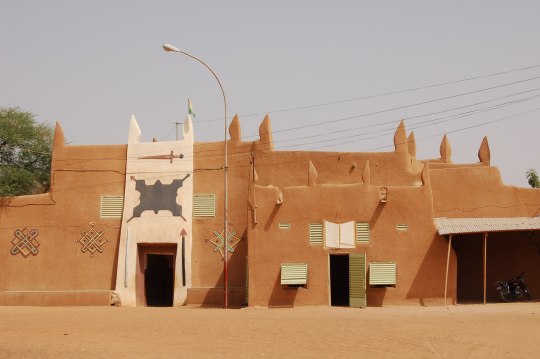
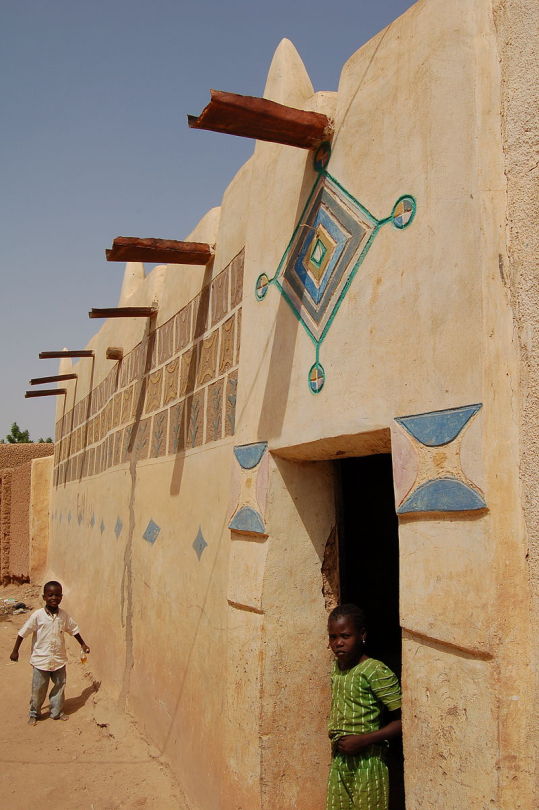
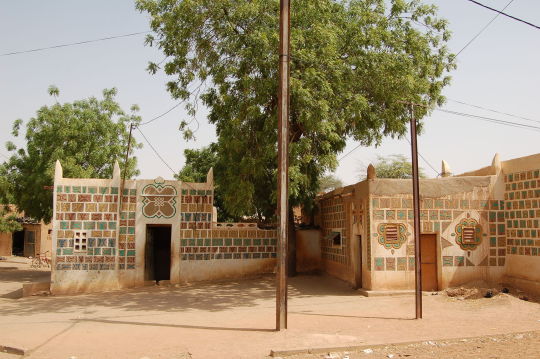
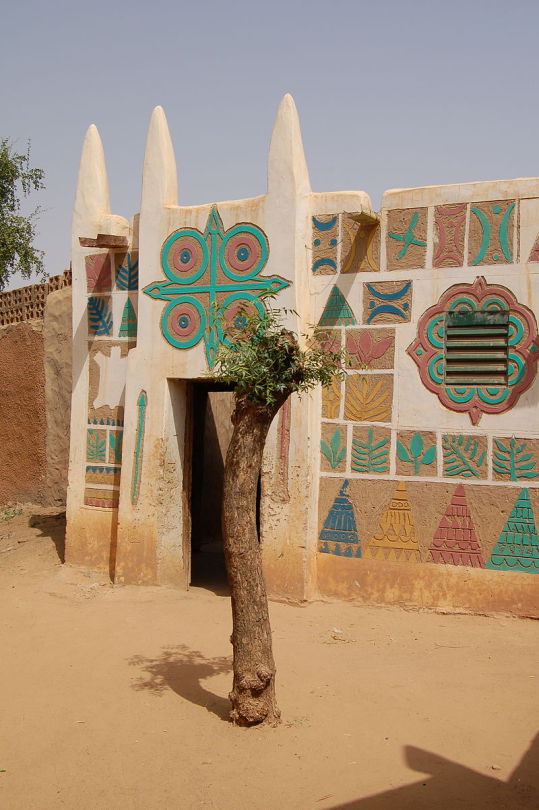
some of the architecture of zinder, niger. zinder rose from a small hausa village into an important center of trans-saharan trade during the 18th century, culmunating in it becoming the capital of the sultanate of damagaram in 1736.
#niger#hausa#architecture#my posts#in case you didn't know: hausa is a part of the afroasiatic language family (same family semitic langs are in)#there's a lot of theories about how exactly afroasiatic speakers spread & there isn't a consistent cultural/migration pattern#like w/ indo-euro languages#but hasua is probably to arabic/hebrew/syriac what english is to bengali or assamese (except even less similar)#i can pick out some hausa words myself ('sama' is 'heaven') but tbh im not sure how many are loadwords from arabic (since they use#'dunya' for 'world' for example). most hausa are muslim so itd make sense if they took some arabic words
637 notes
·
View notes
Note
Fun Facts that could be mine, you say? I'm demanding a refund if it isn't as fun as the advertisement seemed to make it...
No pressure, huh?
Alright, then, go big or go home, I guess. Today You Learned about an architectural conspiracy theory.
Star forts!

Or bastion forts, as Wikipedia calls them.
So if you've looked at fortresses throughout history, you may notice that there came a point in which Europeans started building fortresses like this, instead of like standard castles with rectangular or circular walls. The change was the advent of gunpowder, or rather, the wide usage of gunpowder on the battlefield and in sieges. See, if you're defending a fort, and someone comes with cannons... well, they can blow the wall apart quite easily. You can also try planting explosives at the base of the walls.
Walls like this, which were thicker and lower, allowed you to have less of a target, a more difficult wall to blast through, and gave your defenders a chance to fire down at people who walked up to the wall in a way that you can't do if you don't have a good angle on them.
Or something. I don't know, I'm not a tactician. Anyway there a butt-ton of these around the world. They fell out of favor as gunpowder weapons evolved, so they became obsolete. That's not the wild part. The absolutely wild part is that there are people who have conspiracy theories about these things.
So as pointed out in this article, there's a website called starforts.org, which claims that these fortresses are not, as they appear to be, structures built for gunpowder warfare, but are actually the remains of a long-lost civilization that spanned the globe before recorded history.

I promise that I am not making this up.
The claims are things that are obviously nonsense--that these somehow harness electricity somehow to make them ancient power generators that we've somehow forgotten how to turn on, or that they're used to transport people around the globe. These whackjobs insist that Europeans didn't build these--they found them out there in the wild, or something, and built over them to disguise how old they really are. There's one assertion that they're actually grown like living organisms rather than built like... buildings.
[Ohmygoshweareadoomedspecies]
Obviously, no, this is bunk. No, it's more than bunk, it's remarkably stupid. We have records of these forts being built. You can look up why they were built the way they were! Heck, you can visit them and see their foundations and walls and see that they're clearly not organic, or ancient, or power generators, or whatever!
They look really cool, though.

#Today You Learned#Fun Fact Friday#star forts#forts#architecture#conspiracy theories#New Age#stupid people
139 notes
·
View notes
Text
Architecture is not about the conditions of design, but about the design of conditions. Architecture is not so much a knowledge of form, but a form of knowledge. Architecture is the discourse of events as much as the discourse of spaces. Architecture is not only what it looks like, but also what it does. Vectors activate; envelopes define. Architecture is the materialization of concepts. Concept, not form, is what distinguishes architecture from mere building. Architects don’t choose contexts; they choose concepts.
Bernard Tschumi, Architecture: concept & notation
22 notes
·
View notes
Text

Two giants of architectural criticism, Scully and Scruton.
Fresh black coffee.
Window open just a crack.
Bliss.
Gratitude.
32 notes
·
View notes
Text
Is it just me or does Sens color scheme match Eridias
If you squint her eyes kinda looks like the lights


For a moment just imagine if her life was somehow tied to the city. What would that mean for someone 'desperate for her own death' where is the line of her desperation drawn if her life is connected to the lives of others (a cities population!)
#touchstarved#touchstarved sen#touchstarved theory#but this is also making me look more at the city#if i have time i might dig deeper into the architecture#touchstarved game
68 notes
·
View notes
Text


As one of the most eloquent architectural theorists and critics of the latter half of the 20th century Aldo van Eyck extensively reflected the architecture of his time, the changing currents it was subject to and not least his own work and his very own ideas of a human-centered architecture. The theoretical underpinnings of Van Eyck’s architecture as well as the impact he had beyond his relatively few buildings can be best understood through the present double volume: „Aldo van Eyck: Writings“, edited by Vincent Ligtelijn and Francis Strauven and published by SUN in 2008, collects Van Eyck’s complete writings and for the first time made available his early but unpublished testament „The Child, The City and The Artist“. Written in 1961/62 it is a comprehensive summary of Van Eyck’s thoughts on architecture and urbanism and integrates ideas and texts developed in the „Forum“ magazine.
The second and significantly thicker volume then contains a wealth of writings that range from those presented at the CIAM 6 meeting in 1947 to his late reflections on the modern movement and architecture. From these writings, which the editors organized along thematic chapters instead of chronologically, emerges a complex cosmos that originated in Van Eyck’s student days and first professional steps in Zurich: here he met Carola Giedion-Welcker who introduced him to avant-garde art and its goal to rediscover the essential, also with regards to humankind. This realization later also led to his involvement with the CobrA artists who in turn directed his attention towards archaic cultures. Through his lifelong studies of these cultures Van Eyck came to realize that their capacities didn’t differ from those in e.g. the contemporary western world and there are more commonalities than most believed. In line with the latter insights Aldo van Eyck criticized the postwar urban planning and the monotony it caused: for him ancient cultures taught the necessity of a human scale and a sense of belonging that resulted in what he named „architecture as built homecoming“.
These brief highlights should convey the ongoing relevance of Van Eyck’s thoughts and the importance of the present volumes.
22 notes
·
View notes
Text
Taking place in the entirety of a city, assumably making the ceo of Quasartico the villain, making man made habits for pokemon, the rivals literally being named (sound a likes of) Urban and Townie, the "Urban redevelopment plan", the fucking anti homelessness bench
This game's gonna be about gentrification
14 notes
·
View notes
Text
METAPHYSICS / ONTOLOGY
(NOTE: posting another part of my ongoing dissertation. This is part of an unedited and working chapter, there are gaps and this text at the moment, which I am editing as I am posting this.) Since this study raises the question of the ontological models behind the architectural theories of style, it is important that I explicate what is ontology, and also what is object-oriented ontology or OOO,…
View On WordPress
#2024#architecture theory#aristotle#EGS#form#Graham Harman#kant#Latour#Maurizio Ferraris#metaphysics#Object Oriented Ontology#ontology#ooo#phd#Philosophy#theory
0 notes
Text

Colour theory II · ADAC, Munich
107 notes
·
View notes
Link
Faced with the threat of invaders, Ikaria residents adopted an audacious strategy: moving their homes into the mountains so that the island would appear abandoned from the sea. "Anti-pirate houses" are squat, stone-built dwellings that blend into Ikaria's landscape.
(The history of Ikaria is fascinating, so I’m gonna add some notes)
the sea was both Ikaria's blessing and curse. It allowed the island to spread its reputation for its excellent – and potent – Pramnian wine, and trade its prized product across ancient Greece, along with olives and honey. But the sea also brought pirates, lured by the island's highly regarded produce and the prosperity it brought.
Ikaria never had a reputation of prosperity, on the contrary it had a reputation of poverty. It had olives and wine? Congratulations, so did literally everyone else. What it didn’t have was a good natural harbour, which put it at an immediate disadvantage against all its neighbours, who had olives and wine AND a bunch of other products AND a harbour. Most notably Rhodes, which was right next door and rich as fuck. In the antiquity, the main reason to go to Ikaria was its hot springs, some temples, and not much else.
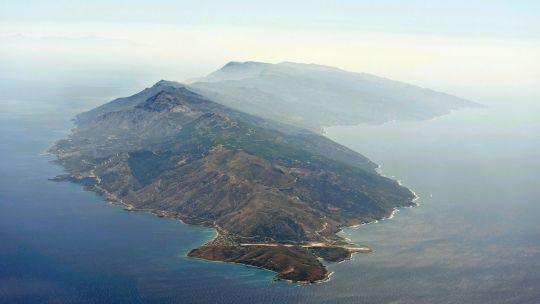
Ikaria was not unique within Greece in being beleaguered by pirates, but it suffered the additional complication of a revolving door of rulers. The Persian Empire, the Delian League association of Greek city states, the Romans, the Byzantine Empire, the Republic of Genoa and the Knights of St John all exercised varying degrees of influence over Ikaria between 500 BCE and 1521 CE, at which point Ikaria fell firmly into the Ottoman Empire, where it would remain for more than three centuries.
“Revolving door of rulers” is a pretty standard situation in the Mediterranean. Even before Ottoman rule, Ikaria develops a reputation of extreme poverty, and a culture of being poor – and yet self-sufficient. Ikarians might refuse luxuries even when they were offered to them. There were stories of travelers who’d insist on sleeping on the floor and subsisting on next to nothing (“ah yes, he’s Ikarian; they’re weird over there”). “Poor like an Ikarian” became an idiom. The Knights of St John at some point gained sovereignty over Ikaria by treaty, and didn’t even bother to send anyone to collect taxes. They were like bah, never mind, they got no money there. In fact, for a span there was no currency left on the island, people traded a few goods with the outside world via good old barter, and would just... sort it out among themselves, sharing produce and labour. It was kind of a commune. Kind of. (There were still elders in charge; can’t get rid of the damn elders).
There’s a local legend that perfectly illustrates this communal spirit: “Once the Ottoman tax-collector came to Ikaria, and ordered four local lads to carry him on a litter up to the mountain villages, where not even mules could tread. When they were far in the wilderness, the four lads chucked him off a cliff and killed him. The agha, the local lord, found out about the killing and ordered all Ikarians in the town to stand before him. “Who did this dreadful deed?” he asked them. And the Ikarians took a step forward, and said in one voice “All of us, my lord”. The agha was impressed, and extracted only minimal compensation from the town.”
Now, this literal “I am Spartacus!” moment is not history, it’s just a story, but it’s telling because it shows what image Ikarians had for themselves, what they aspired to be. And it’s different. Any other place in the vicinity would tell the legend of a heroic individual heroically defying the authorities all by his heroic lonesome, and here come these weird dirt-poor Ikarians and just go “all of us”. [See also Fuenteovejuna, a 1619 play by Lope de Vega, with a remarkably similar plot: the village of Fuenteovejuna in Castille is horribly oppressed by its landlord, a vile and sadistic Knight, until he gets murdered. When the crown investigates, all the peasants report that the culprit was "Fuente Ovejuna", the village itself. Realising that no one will confess and no one will inform, even under torture, and also that the fucker deserved it, the magistrate closes the investigation.]
In any case, Ikaria had neither taxes nor a strategic or geopolitical advantage to offer to states, which is why nobody bothered to take the island back after the Ottomans got hold of it, and some ignored it even when they had it. But for pirates, it was a target as much as any other place. Pirates grabbed people.

But due to its geography, the island was always an outpost of whichever territory it was within, and regular periods of instability, along with inadequately policed coastlines, allowed piracy to flourish.
While piracy was first reported on Ikaria in the 1st Century BCE, it became a more-or-less unchecked threat during Roman rule (late 3rd Century BCE to 5th Century CE) and Byzantine rule (5th to 12th Centuries CE). Then, after the arrival of the Genoese in the 14th Century, Ikarians resorted to destroying their own ports to deter invaders. Even this act was not enough.
The Romans did get rid of piracy for a hot second (i.e. they kept it all to themselves), but it didn’t last.
Lacking resources to repel their aggressors, islanders decided to call their bluff. They withdrew deep into their mountainous interior, going to every possible length to convince anyone sailing past that Ikaria was deserted by building communities that were ostensibly invisible – at least, in the days before electricity. It was this elaborate and audacious disappearing act, pulled off by islanders for several centuries, that I'd come to learn more about.
For comparison, what most islands did to fend off pirates was to retreat inland, move the main town / administrative centre from its natural location at the harbour to the top of whatever hill or mountain they had, and build a fort in it, with walls and iron gates.
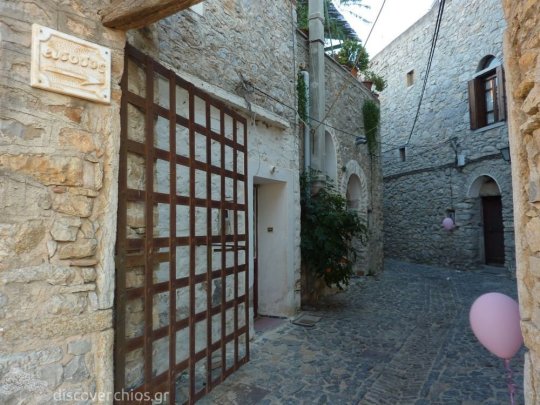
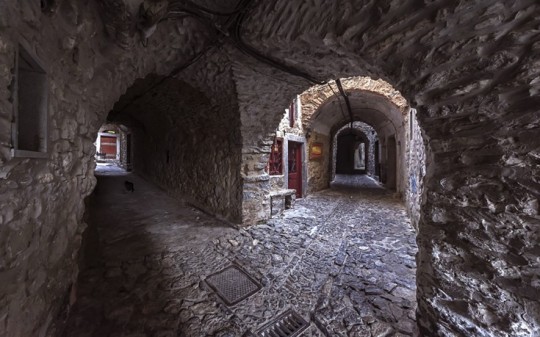

The castle-village of Mesta, on the island of Chios, built in the ~12th c. to defend the locals from pirates. A bit later the Genoans fortified it further. Walls and turrets outside, and inside a labyrinth of narrow streets, stone buildings, and arches that connected second stories so that people could flee from one house to the other, or rush to each other’s defence. It was worth the expense for the Genoans, as the region produced mastic and brought in a lot of money. Ikaria was not so fortunate.
The idea was to be high enough to see ships coming and pirates landing, ring bells and/or light fires to let the population know, put everyone inside the gates, leave fields and animals and whatever valuables left outside undefended, and save the people. Because what pirates were mostly after was people.
the types of homes the retreating islanders decided to build in Ikaria [are] commonly known as "anti-pirate houses".

"Anti-pirate houses" are squat, stone-built dwellings that blend into Ikaria's landscape
These squat, stone-built dwellings incorporated natural features of the landscape, such as rocks, cliff overhangs and thickets. Boulders, which were strewn over the high mountain slopes, often formed much of the walls and ceiling, while dry-stone walls made up the other walls. Living arrangements were simple – houses had little more than a door and a hearth, as islanders would spend the majority of their time outdoors.
Ikarians were building homes designed to be seen by no-one, and to do it they had to go high up into the wilderness where they could not be observed from sea. There would have been many occasions from Roman times onward when they would have temporarily hidden in the mountains from invaders, so the possibility of doing so was always in their minds, if it were needed."
It was the incorporation of Ikaria into the Ottoman Empire that persuaded Ikarians to completely decamp from the coast to the crags. The Ottomans proceeded to rule Ikaria laxly, allowing buccaneering to run rife as a means of disrupting and discouraging sea trade from other states.
Oh the ball had been lost long before the Ottomans came along. That said, they didn’t help.
The choices facing Ikarians under such threat were limited: fight, with scant means at their disposal, to their probable deaths; vacate the island for safer shores; or seek sanctuary in the safety of the mountains.
This time, however, it would be a long-term move. Islanders would conceal their society in the rocky upper reaches of Ikaria's Aetheras range for the next 300 years. This period was dubbed the "piratiki epochi" (pirate era), with the early years tellingly known as the "century of obscurity".
One theory is that Ikarians did vacate the island for safer shores, hence the century of obscurity. Small islands got depopulated and repopulated all the time (and often served as pirate hideouts when deserted by inhabitants). The other theory is that the Ikarians just hid so damn well, and they might have! That reputation and culture of extreme poverty must have come out an extreme situation.
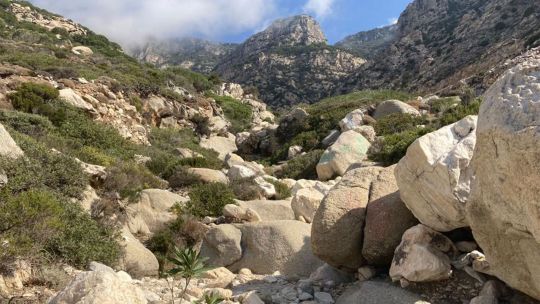
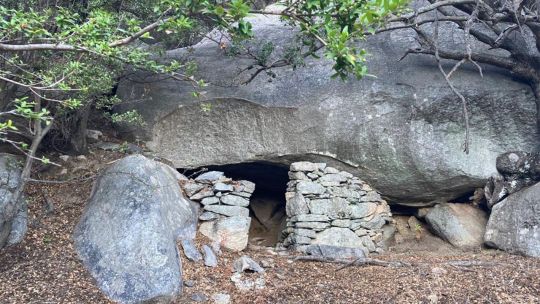
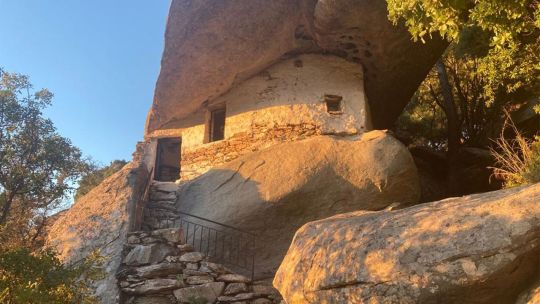
[Aaaand this is where I ran out of steam. Go read the rest of the article!]
83 notes
·
View notes
Text

unknown author
25 notes
·
View notes